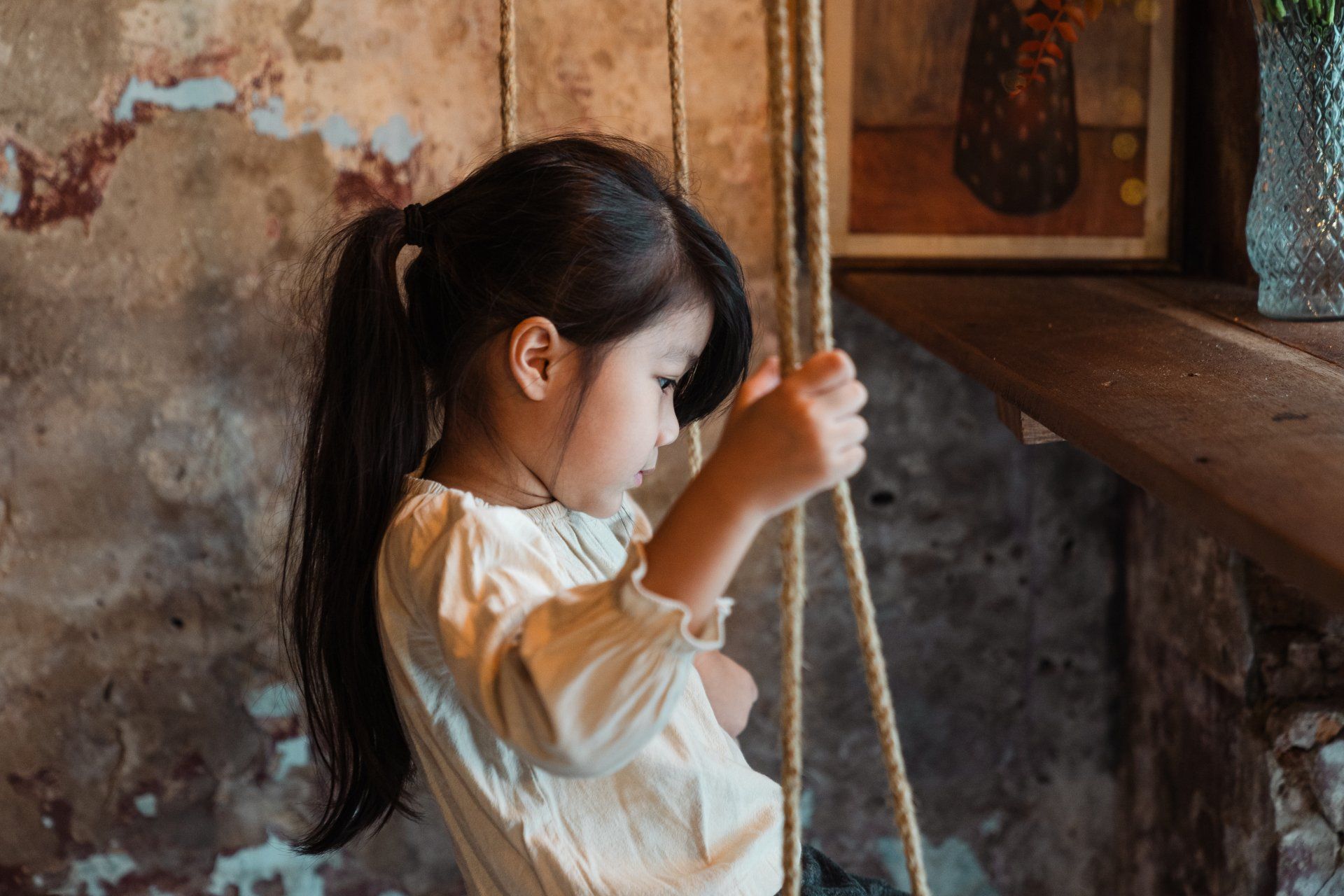U.S. Copyright & The Visual Arts

Protection Of A Visual Art Copyright
A visual arts copyright does not protect the mechanical or utilitarian aspects of such articles. For instance, A “useful article” is an article having an innate utilitarian function that is not merely to portray the appearance of the article or to convey information. Examples of such articles are clothing, furniture, machinery, dinnerware, and lighting fixtures. An article that is normally part of a useful article may itself be a useful article. A visual art copyright may, however, protect any pictorial, graphic, or sculptural authorship that can be identified separately from the utilitarian aspects of an object. Therefore a useful article may have both copyrightable and uncopyrightable features. For example, the custom ornate design of a serving dish could be protected by copyright, but the overall function of the serving dish itself could not. Copyright protects original “pictorial, graphic, and sculptural works,” which include two- and three-dimensional works of such fine, graphic, and applied art.
Copyright in a work that portrays a useful article extends only to the artistic expression of the author in that pictorial, graphic, or sculptural work. It does not extend to the design of the article that is portrayed. For example, a photograph of a chair may be copyrighted, but that does not give the photographer the exclusive right to make chairs of the same design. Simply, a visual arts copyright does not provide protection for ideas or concepts, Protection for ideas or concepts are the realm of patent law.
For more information on protecting your original works through copyright, see our Copyright Registration web page. Our copyright attorneys are ready to assist you in protecting your copyright. Contact our copyright lawyers today.
Examples Of Works Protected By Copyright Law
- Advertisements, commercial prints, labels;
- Artificial flowers and plants;
- Artwork applied to clothing or to other useful articles;
- Bumper stickers, decals, stickers;
- Cartographic works, such as maps, globes, relief models;
- Cartoons, comic strips;
- Collages;
- Dolls, toys;
- Drawings, paintings, murals;
- Enamel works;
- Fabric, floor, and wall-covering designs;
- Games, puzzles;
- Greeting cards, postcards, stationery;
- Holograms, computer and laser artwork;
- Jewelry designs;
- Models;
- Mosaics;
- Needlework and craft kits;
- Original prints, such as engravings, etchings, serigraphs, silk-screen prints, woodblock prints;
- Patterns for sewing, knitting, crochet, needlework;
- Photographs, photo-montages;
- Posters;
- Record jacket artwork or photography;
- Reproductions, such as lithographs, collotypes;
- Sculpture, such as carvings, ceramics, figurines, maquettes, molds, relief sculptures;
- Stained glass designs;
- Stencils, cut-outs;
- Technical and mechanical drawings, architectural drawings or plans, blueprints, diagrams; and
- Weaving designs, lace designs, tapestries.
Copyright Protection Does Not Cover The Following Works
- Ideas, concepts, discoveries, principles;
- Formulas, processes, systems, methods, procedures;
- Words or short phrases, such as names, titles, and slogans;
- Familiar symbols or designs; and
- Mere variations of typographic ornamentation, lettering, or coloring.


Have an idea for a blog? Click and request a blog and we will let you know when we post it!
Let’s talk about your legal issue
Wilson Legal Group P.C.
d/b/a Wilson Whitaker Rynell
(972) 248-8080 (Dallas) MAIN OFFICE
(713) 830-2207 (Houston) Appointment Only
(512) 691-4100 (Austin) Appointment Only
For more information on how we can assist in your intellectual property, commercial litigation, divorce, or other personal needs, let us know how we can help you:
How Can We Help You?
WILSON WHITAKER RYNELL
Thank you for contacting us!
We will get back to you as soon as possible.
Please try again later.
Disclaimer:
This form does not establish an attorney-client relationship, and should only be used to contact the firm about scheduling a call or meeting. No confidential or sensitive information should be sent using this form.
The law office of Wilson Legal Group P.C. (d/b/a Wilson Whitaker Rynell) represents clients nationwide, including Dallas, Austin, Houston, and other Texas areas such as Fort Worth, Arlington, Carrollton, Plano, Allen, Lewisville, Flower Mound, Irving, Denton, McKinney, North Richland Hills, and all cities within Dallas County, Tarrant County, Collin County, and Denton County.
OFFICES
ABOUT
CONTACT
BLOG
JOIN OUR NEWSLETTER
Wilson Whitaker Rynell
16610 Dallas Parkway, Suite 1000
Dallas, Texas 75248
972-248-8080 (MAIN)
972-248-8088 (FAX)
info@wrrlegal.com (E-MAIL)











